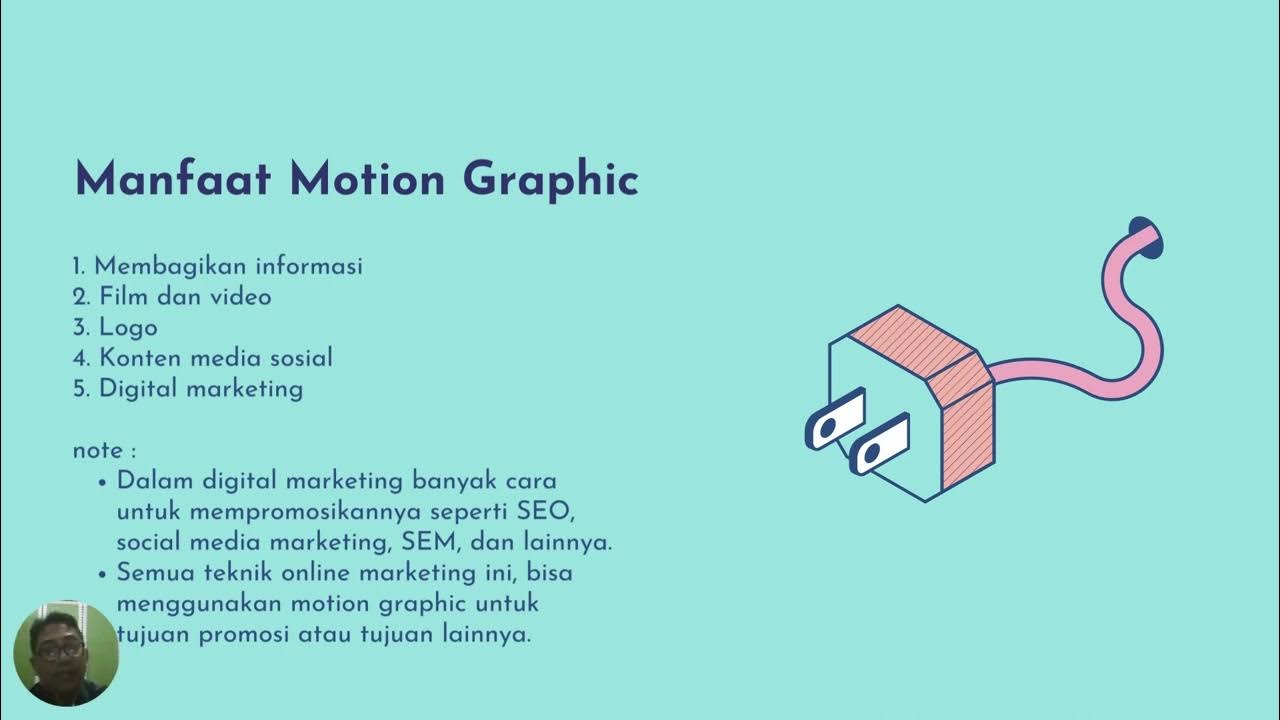What Graphic Design Will Look Like in 2035 (And How to Prepare)
Summary
TLDRIn this video, Sator Graphics explores the future of graphic design in 2035, highlighting how AI will enhance, not replace, designers. It discusses the importance of emotional storytelling, strategic thinking, and creative direction as AI takes over repetitive tasks. Designers will evolve into orchestrators of multi-sensory experiences, incorporating elements like scent, sound, and touch into their designs. The future of design will focus on creating deep emotional connections and engaging user experiences. The key takeaway: to thrive in 2035, designers must master both creative thinking and emotional intelligence, not just technical skills.
Takeaways
- 😀 AI is not replacing designers, it is amplifying those willing to adapt and embrace it.
- 😀 By 2035, successful designers will be emotional navigators, orchestrating feelings rather than just arranging pixels.
- 😀 Designers will become creative directors, guiding cross-media experiences rather than just creating visual elements.
- 😀 AI tools can suggest design elements like color palettes, but human intuition will remain crucial for decisions that align with a brand's voice.
- 😀 Designers will need to master the art of prompting AI creatively and editing designs like senior art directors to thrive in the future.
- 😀 The emotional aspect of design will become increasingly important, with a focus on guiding user feelings and experiences.
- 😀 Design tools like Envision, Mural, and Figma are evolving to include emotional mapping, helping designers craft experiences rather than just layouts.
- 😀 In 2035, portfolios will become dynamic, guided experiences that adjust to client interests and showcase the designer's problem-solving skills.
- 😀 Design will extend beyond visuals to include sensory elements such as scent, sound, and haptics to create memorable, emotional experiences.
- 😀 The most valuable skill for 2035 will be the ability to think, feel, and lead as a human in the loop, not just relying on the latest tools.
Q & A
How will AI impact the role of graphic designers by 2035?
-AI will amplify the abilities of graphic designers by automating routine tasks, allowing them to focus more on creative and strategic aspects. Designers will be able to harness AI tools to create entire brand identities and campaigns, but their value will still lie in their ability to think creatively and emotionally guide design.
Is AI replacing graphic designers in 2035?
-No, AI is not replacing graphic designers. It is enhancing their workflow, enabling them to work more efficiently. Designers who embrace AI will become more powerful, acting as creative directors for automated systems, but human creativity and emotional intelligence will remain essential.
What was the significance of the 2025 NBA Finals' AI-generated ad?
-The 2025 NBA Finals marked the debut of the first fully AI-generated TV ad. Created in just two days for $20, the ad went viral, demonstrating AI's potential to create eye-catching, surreal content that can drive massive engagement and attention.
How does emotional design play a role in future graphic design?
-Emotional design will become a cornerstone of graphic design by 2035. Designers will not just arrange visuals but orchestrate emotional experiences. Their work will evoke feelings and create stories, guiding users through brand experiences in ways that resonate on a deeper, emotional level.
How will tools like Figma and Envision evolve by 2035?
-By 2035, tools like Figma, Envision, and Mural will transform to include emotional mapping features. Designers will be able to craft experiences that manage emotional tension and relief, guiding users through an immersive design journey that adapts to their emotional state.
What will portfolios look like in 2035?
-In 2035, portfolios will be dynamic and interactive, responding to client input in real-time. Instead of static documents, AI-assisted portfolios will adapt content based on client needs, providing a personalized walkthrough of the designer's process and projects.
What is the significance of sensory design in future branding?
-Sensory design will be crucial in creating more memorable brand experiences. Designers will integrate elements like scent, sound, and tactile feedback to trigger emotional responses and create a more immersive, memorable brand identity.
How will AI assist with the text editing process in design?
-AI tools like GoProof will streamline text editing by allowing collaborators to suggest changes directly on design proofs. Designers will be able to apply changes instantly, reducing manual effort and minimizing errors, all while keeping feedback organized and contextual.
What will be the most important skill for graphic designers in 2035?
-The most important skill will be the ability to think creatively, lead emotionally, and craft strategic design solutions. Designers will need to be storytellers who can guide user experiences, rather than just focusing on mastering tools.
How will multi-sensory experiences change design by 2035?
-By 2035, design will extend beyond visuals to include multi-sensory experiences. This will involve the integration of elements like haptic feedback, scent, and spatial audio to create deeper emotional connections and engage users on a sensory level. The goal will be to design experiences that are memorable and feel real.
Outlines

This section is available to paid users only. Please upgrade to access this part.
Upgrade NowMindmap

This section is available to paid users only. Please upgrade to access this part.
Upgrade NowKeywords

This section is available to paid users only. Please upgrade to access this part.
Upgrade NowHighlights

This section is available to paid users only. Please upgrade to access this part.
Upgrade NowTranscripts

This section is available to paid users only. Please upgrade to access this part.
Upgrade Now5.0 / 5 (0 votes)





